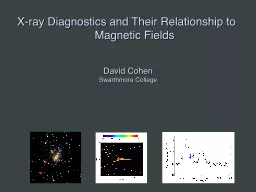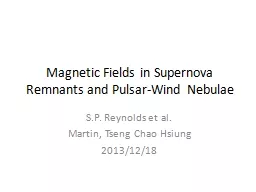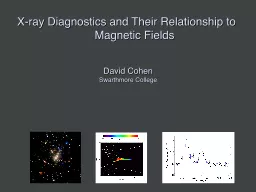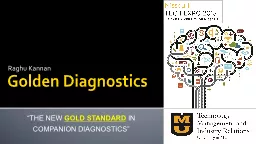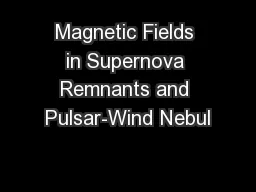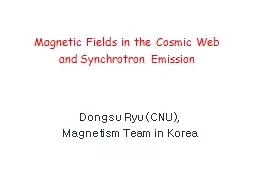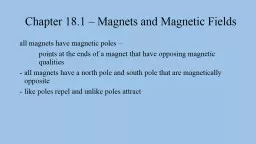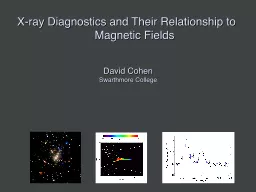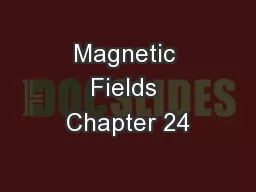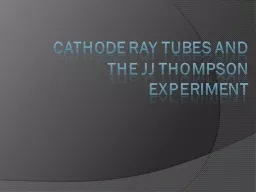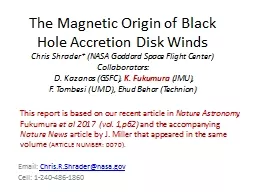PPT-X-ray Diagnostics and Their Relationship to Magnetic Fields
Author : phoebe-click | Published Date : 2016-06-08
David Cohen Swarthmore College Xrays in massive stars are associated with their radiationdriven winds Power in these winds erg s 1 while the xray luminosity To
Presentation Embed Code
Download Presentation
Download Presentation The PPT/PDF document "X-ray Diagnostics and Their Relationship..." is the property of its rightful owner. Permission is granted to download and print the materials on this website for personal, non-commercial use only, and to display it on your personal computer provided you do not modify the materials and that you retain all copyright notices contained in the materials. By downloading content from our website, you accept the terms of this agreement.
X-ray Diagnostics and Their Relationship to Magnetic Fields: Transcript
Download Rules Of Document
"X-ray Diagnostics and Their Relationship to Magnetic Fields"The content belongs to its owner. You may download and print it for personal use, without modification, and keep all copyright notices. By downloading, you agree to these terms.
Related Documents

